5 points to enjoy Nagoya Castle! A thorough report on the highlights from Hommaru Palace to gourmet food
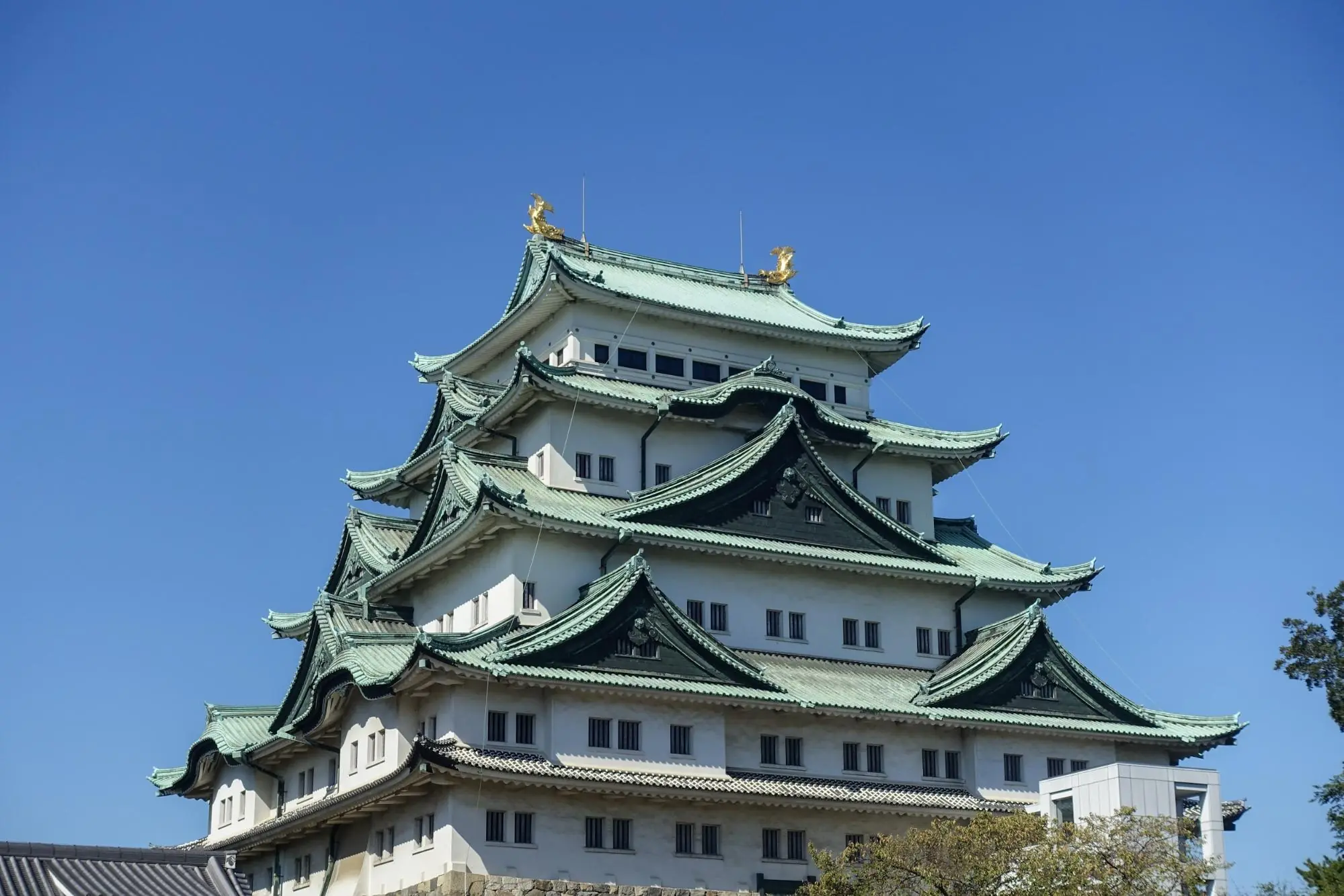
"Nagoya Castle", with its shining golden dolphins ornamentation - Kinsyachi, is one of the most famous landmarks in Nagoya.
Even the locals may often wonder how to explore the castle.
Therefore, this time, we would like to introduce the highlights of Nagoya Castle, from Nagoya Castle Hommaru Palace, which opened in 2018, to the tea room, which is perfect for taking a short break.
Table of Contents
The History of Nagoya Castle, the Residence of the Owari Tokugawa Family
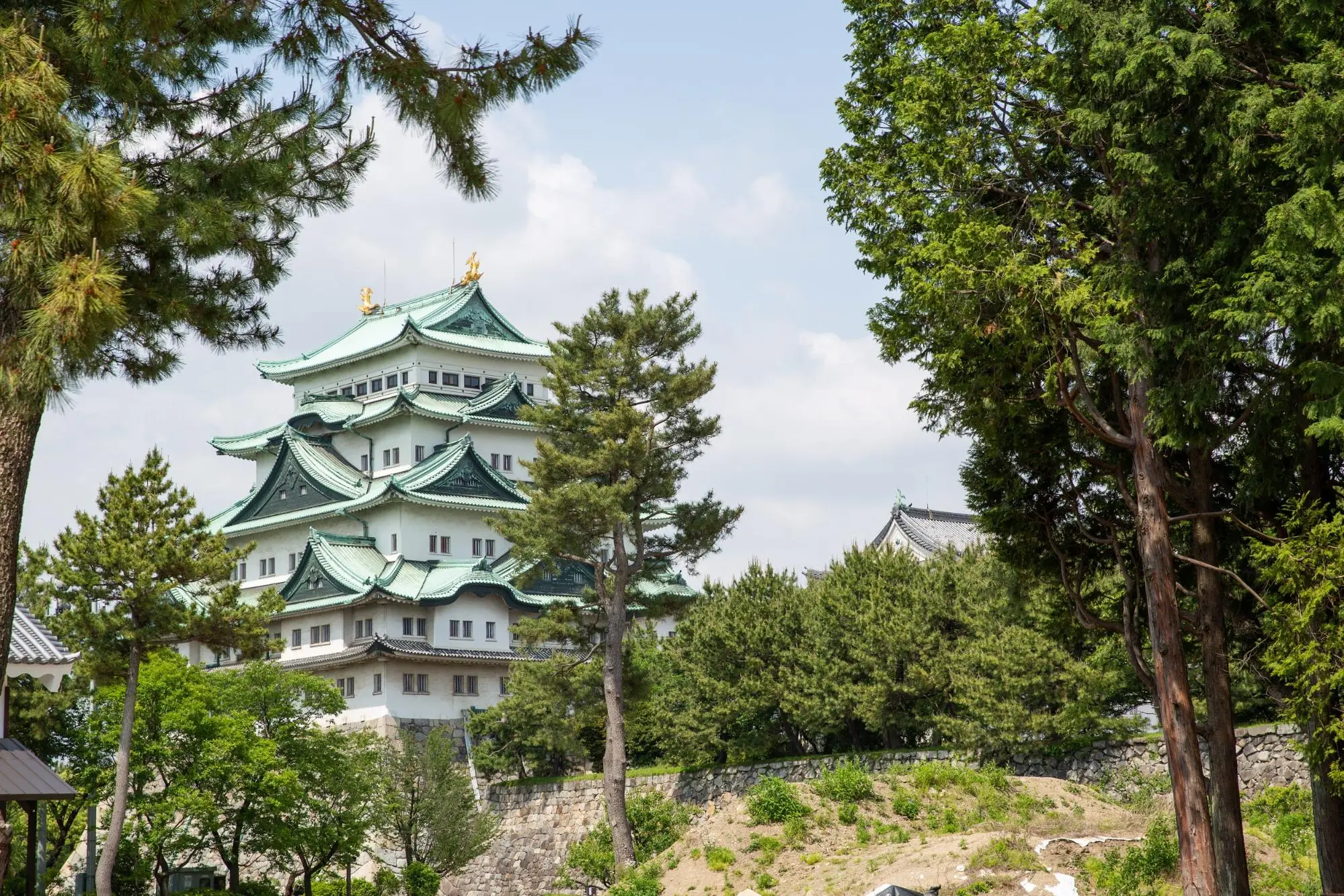
Let's start with the history of Nagoya Castle.
The history of Nagoya Castle dates back to after the Battle of Sekigahara. Tokugawa Ieyasu decided to build Nagoya Castle in 1609 as the final milestone in his unification of Japan. In 1612, the main and small castle towers were completed. The main castle tower was topped with Kinshachi (golden dolphin), making it the symbol of the Owari Tokugawa family. Construction of the Hommaru Palace also began in the same year, and was completed in 1615. After its completion, Ieyasu's ninth son, Yoshinao, became the feudal lord and made the Hommaru Palace his residence.
Nagoya Castle Honmaru Goten, which was built with the most advanced technology by the craftsmen of the time, and is considered a masterpiece of early modern castle buildings and was designated as the first National Treasure. However, in 1945, the castle towers, Hommaru Palace, and other major buildings were destroyed by fire in an air raid during the World War II.
After the war, construction began on the rebuilding of the castle tower in 1957, thanks to the voices of the citizens. In 1959, the main and small castle towers and the main gate (Enokidamon) were rebuilt in steel-reinforced concrete.
Access & Admission to Nagoya Castle

To get to Nagoya Castle, get off at Shiyakusho Station on the Meijo Line. Nagoya Castle has two entrances, the main gate and the east gate, and you can enter from either. The distance between the main gate and the east gate is about 800 meters, so please be careful when meeting up.
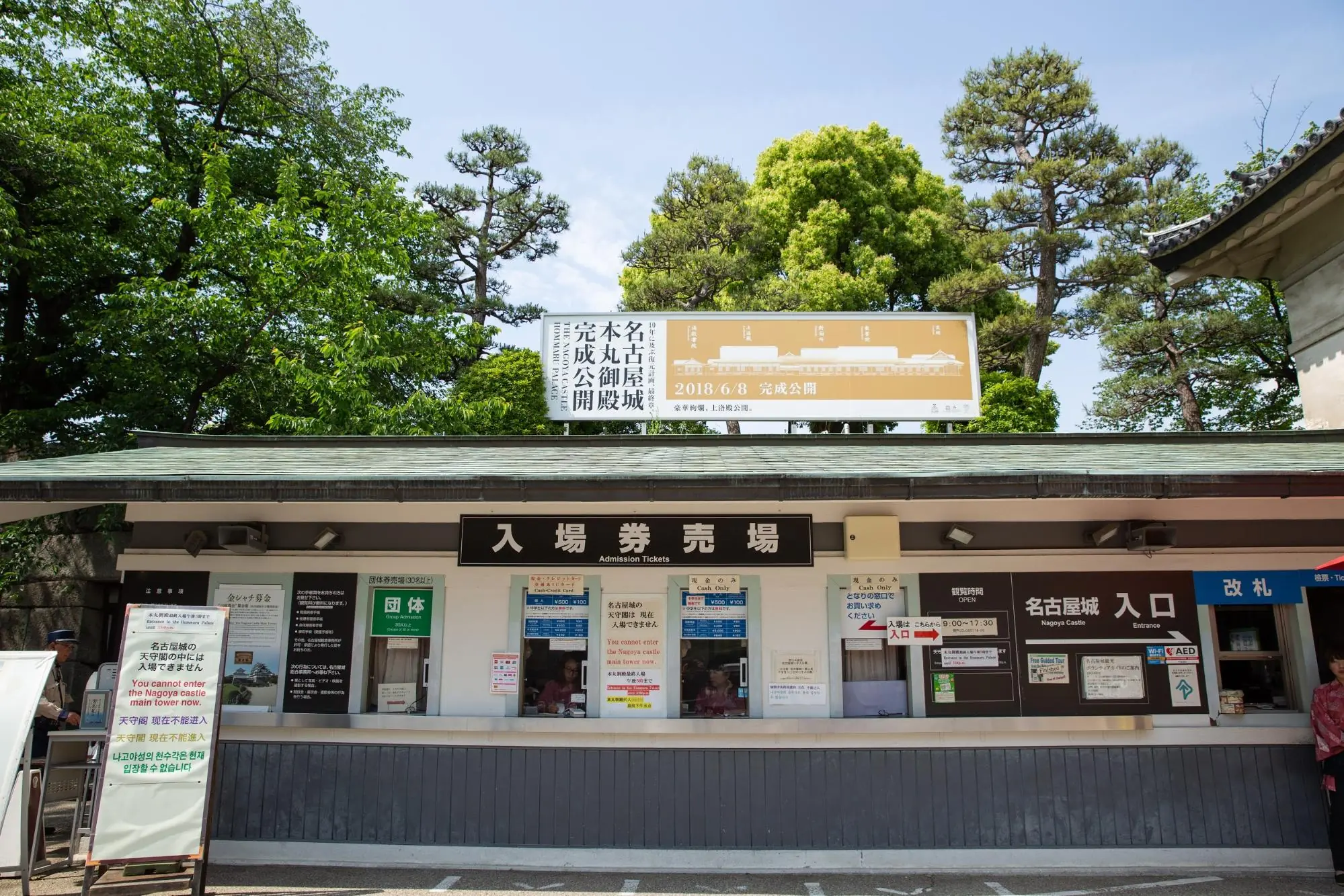
First, pay 500 yen at the ticket counter to purchase a ticket. If you use a one-day pass or Donichi Eco Ticket, you can get a discount if you present it at the ticket window.
Adult: 500 yen
Senior citizens in Nagoya city*: 100 yen
Junior high school students and younger: Free*Persons aged 65 and over living in Nagoya City. Please bring a document that can confirm your address, age and identity.
Examples: Keiro Techo issued by Nagoya City, driver's license, passport, etc.▼ Click here for details
https://www.nagoyajo.city.nagoya.jp/info/fee/
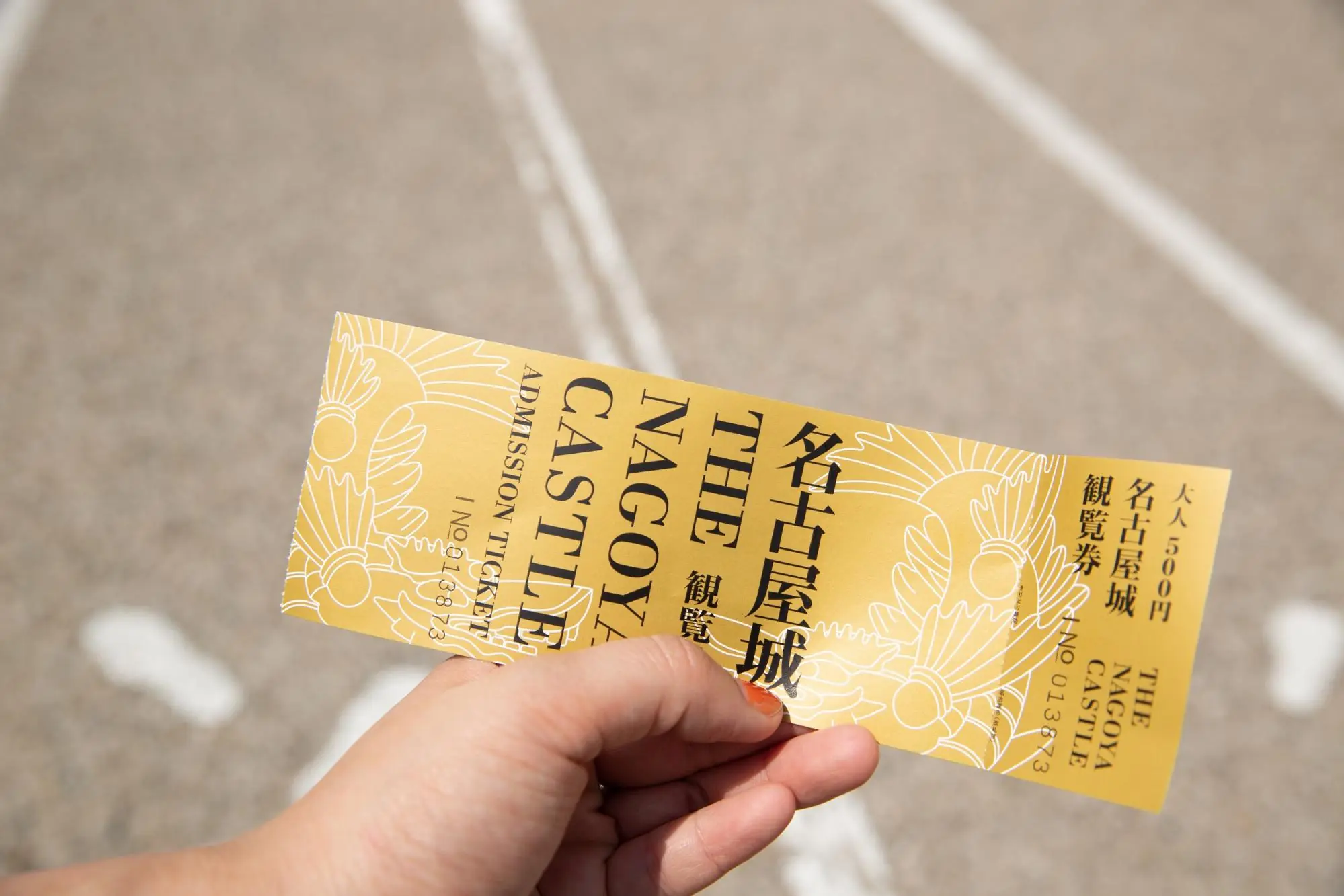
The ticket is also golden! Let's go to the main tower with the golden ticket.
5 points to enjoy Nagoya Castle
① Appreciate the golden Shachihoko at the castle tower
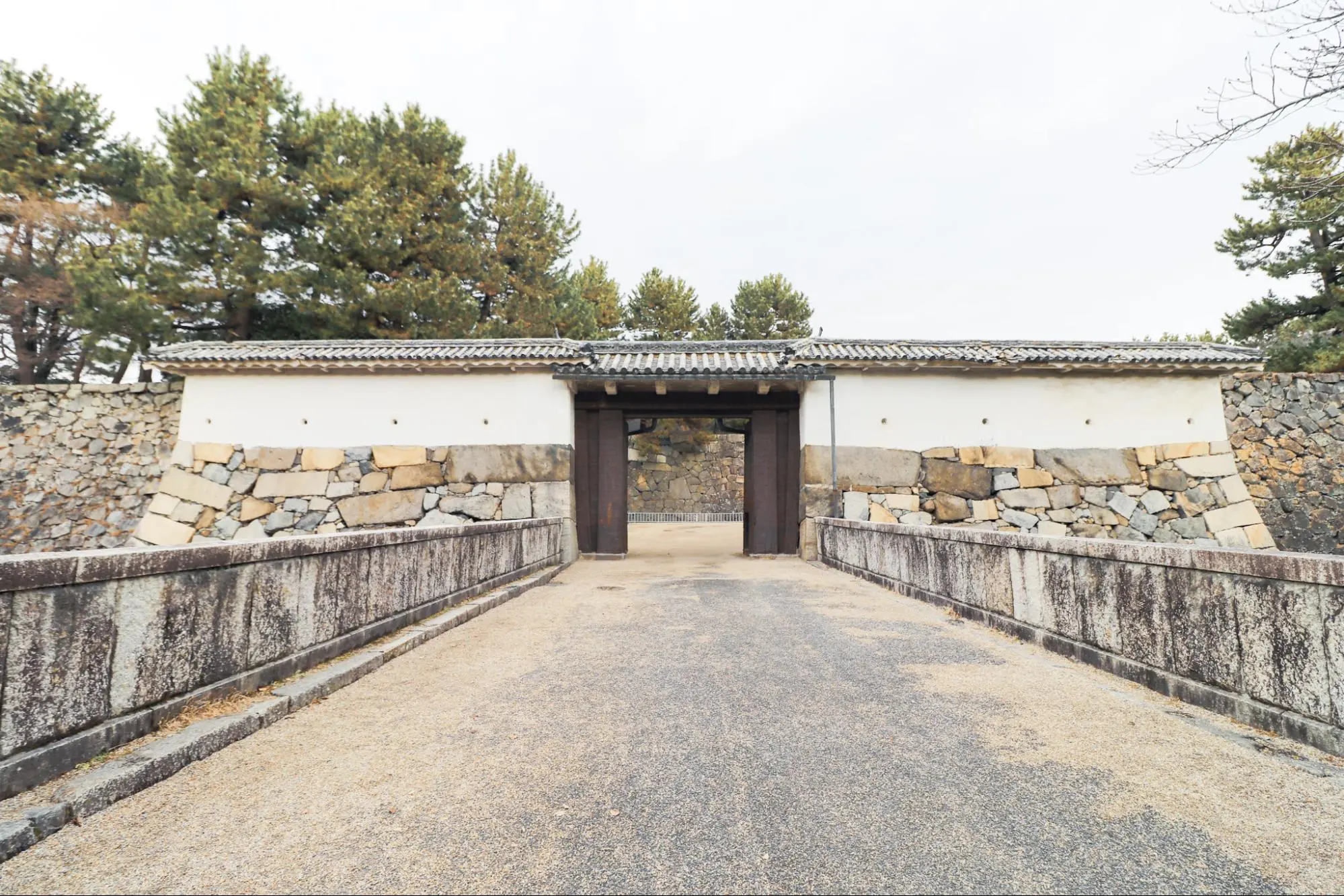

Speaking of Nagoya Castle, don't miss the castle tower.
We arrived at the main shrine in about 10 minutes from the east gate. It's quite powerful when you see it up close! By the way, the golden Shachihoko is said to be about 2.6m high. You can see how big Nagoya Castle is.
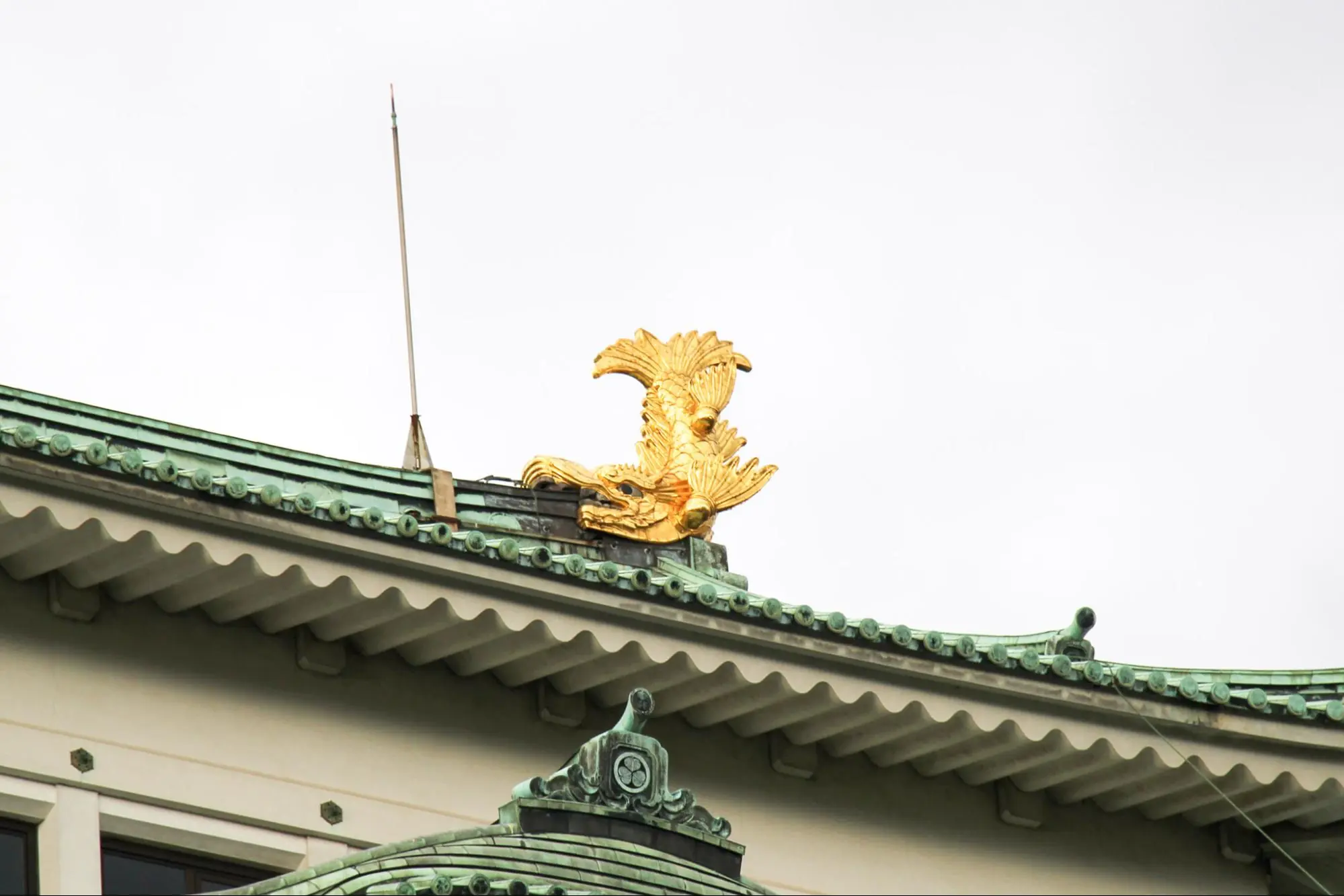
Currently, the inside of the castle tower is not open to the public.
First, there is the "Kinshachi" - golden shachihoko. Shachihoko is an imaginary creature with the body of a fish and the head of a tiger. The height is about 2.6m, and the whole body is covered with 1,940 Keicho Oban gold plates. You can see the power and wealth of Tokugawa Family at that time!
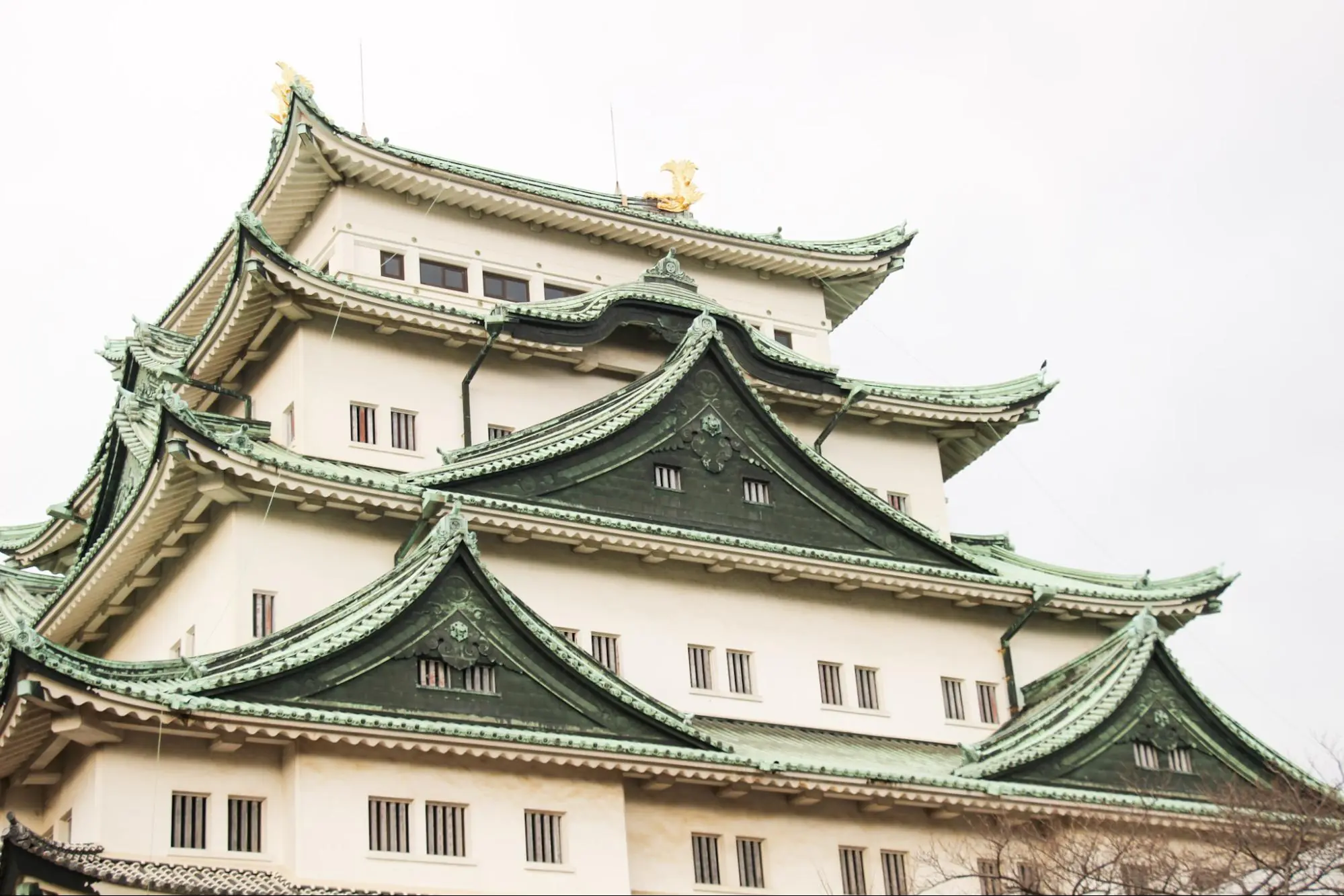
Next, we would like you to pay attention to the distinctive triangular roof.
This is called "hafu" and is one of the representative designs that decorate the castle tower. Nagoya Castle in particular has 22 different types of hafu, including Irimoya hafu, Nokikara hafu, and Chidori hafu.
② Look for the "Engravings" of Feudal Lords' Achievements Carved into the Stone Walls

Another point of Nagoya Castle that deserves attention is its stone walls.
Ieyasu Tokugawa ordered 20 feudal lords to proceed with the stone wall construction. If you take a closer look at the stone wall, you can see the carvings on the stone here and there. It is said that this is a remnant of the design that was put in order to distinguish which daimyo brought the stone. You can feel the achievements of the daimyo.

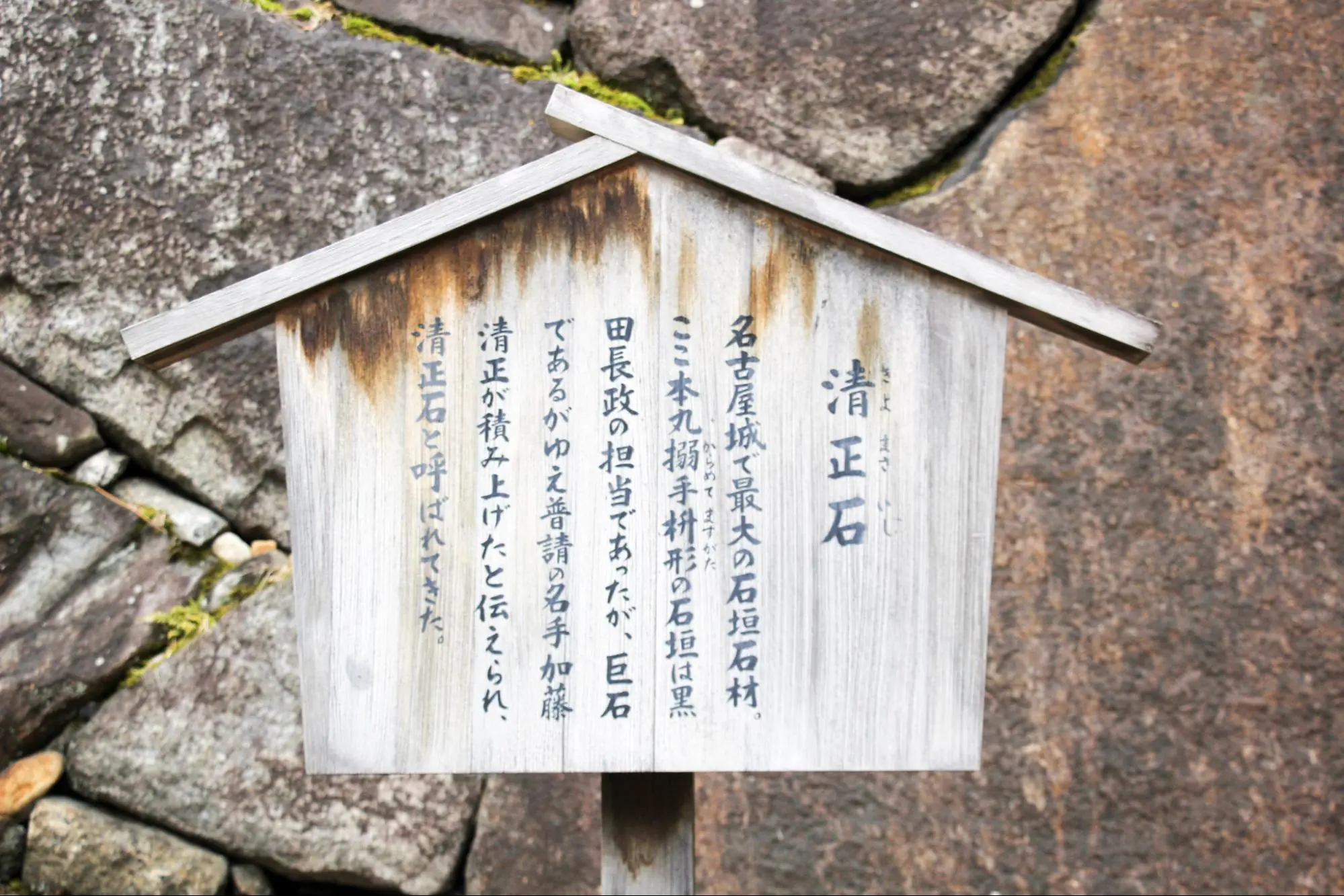
The most notable thing about the stone walls is the "Kiyomasa-ishi", located near the former Ninomaru East Nino Gate.
It is a huge stone measuring 6m wide and 2.53m long. Nagamasa Kuroda was in charge of this stone wall, but it is said that Kiyomasa Kato piled it up because it is a huge stone.
③ Gorgeous! Restored "Nagoya Castle Hommaru Palace"
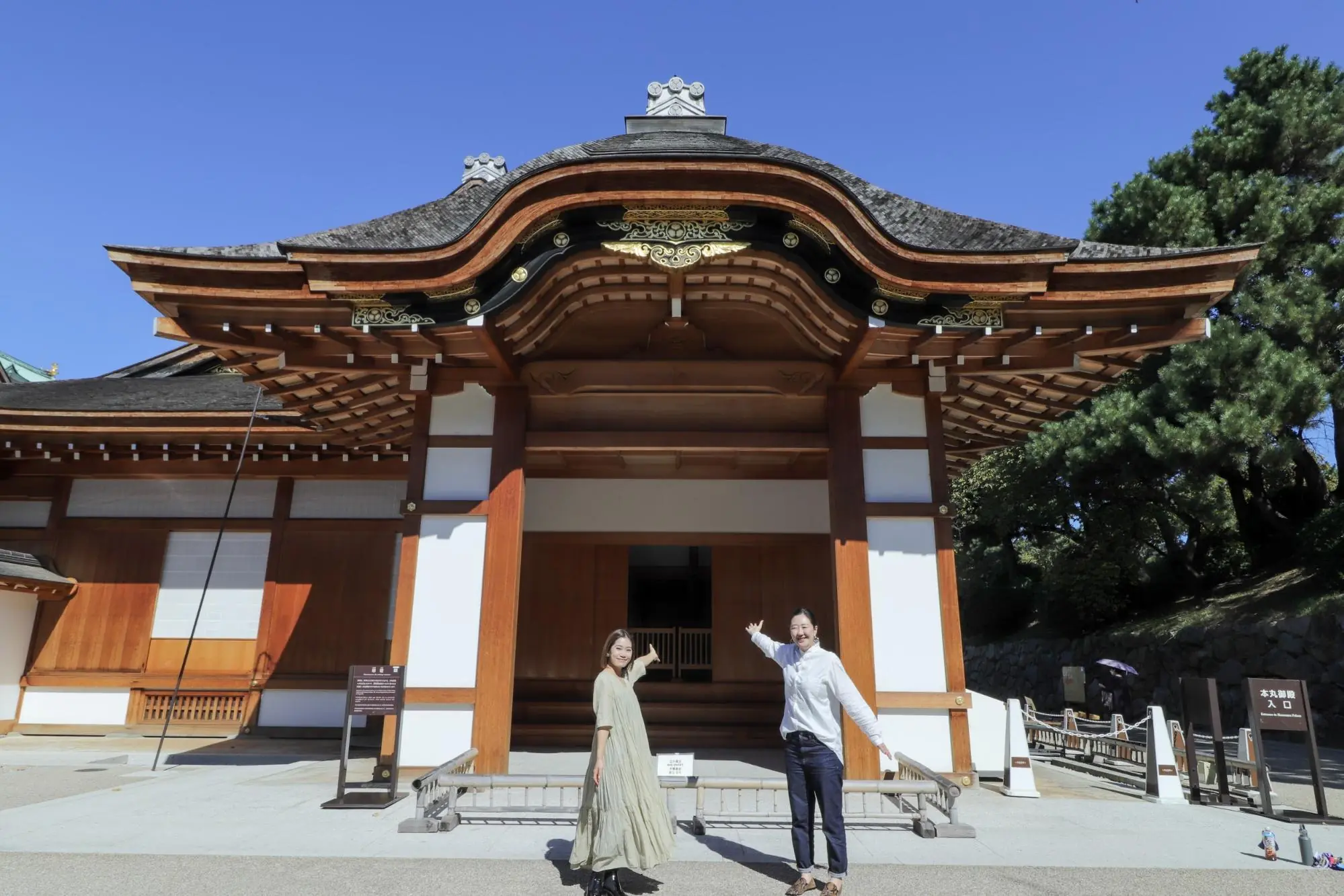

"Nagoya Castle Hommaru Palace" was revived in June 2018 after a 10-year restoration project. The pillars, roof, wall paintings, and detailed decorations have all been restored.
Honmaru Palace was built in 1615 (Keicyo 20) as the residence of the first feudal lord, Yoshinao Tokugawa. However, it was lived in as a residence for only about five years. After that, it was used as a guest house.

The architectural style of Hommaru Palace is Shoin-zukuri, with a total area of 3,100 square meters, 13 buildings, and more than 30 rooms.

Please also take note of the many wall and sliding door paintings that adorn the Hommaru Palace!
For the restoration of Hommaru Palace, the reproduction copy of the partition painting based on valuable historical materials is scientifically analyzed for pigments, materials, etc. It has been meticulously restored according to the traditional painting methods of Edo period painters.
④ Take a Break while Enjoying the Garden View at the "Ninomaru Teahouse"

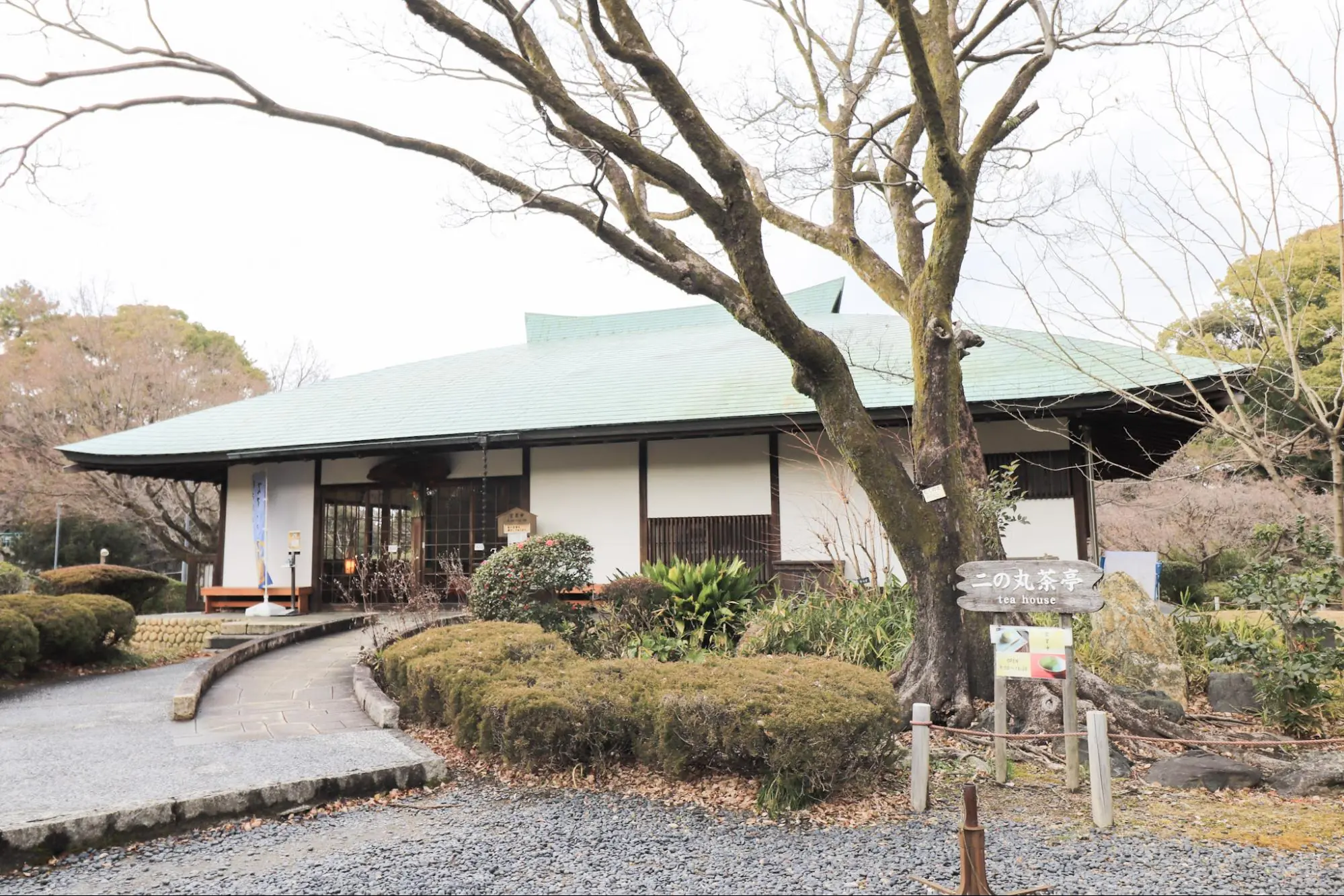
Ninomaru Teahouse near the east gate is recommended for a short break.
You can relax and enjoy matcha green tea while gazing at the Ninomaru Garden, the first daimyo garden in Aichi Prefecture to be designated as a national scenic spot.
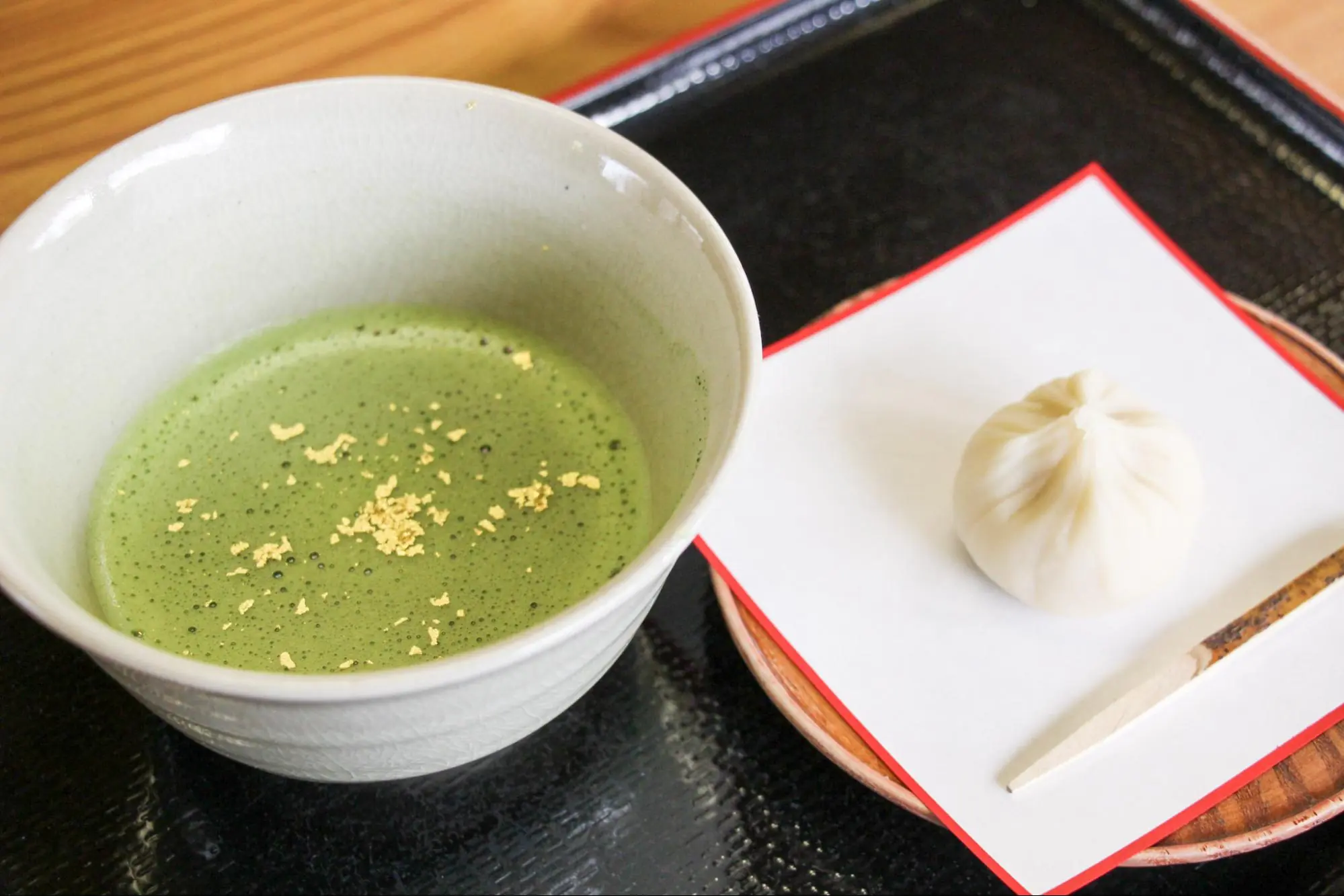
Gold leaf matcha (with sweets) ¥ 660
The matcha is from a long-established teahouse in Nagoya, Myokoen, which was founded in 1916. It is characterized by its plump sweetness and umami. Tea utensils are made of Mimaiyaki and Kizetoyaki ware.
Jogashi was a seasonal Japanese sweet from Kawaguchiya, a Japanese sweets shop with a history of 300 years.
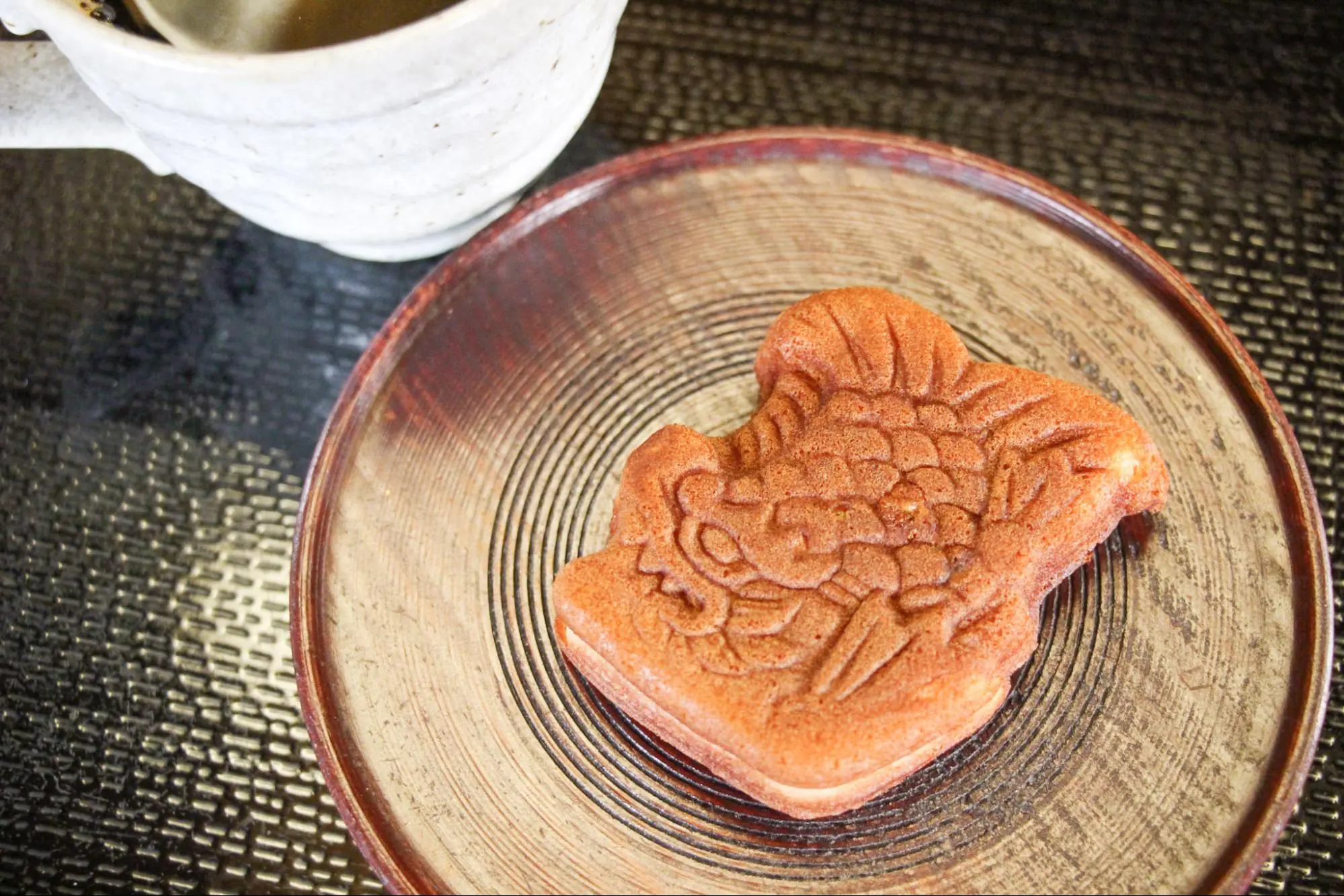
If you order a drink such as hot coffee or iced coffee, you will get "Kinshachi Yaki"!
Having a cup while looking out at the Japanese garden is a blissful moment.
⑤ Get souvenirs at the gift shop and museum store!
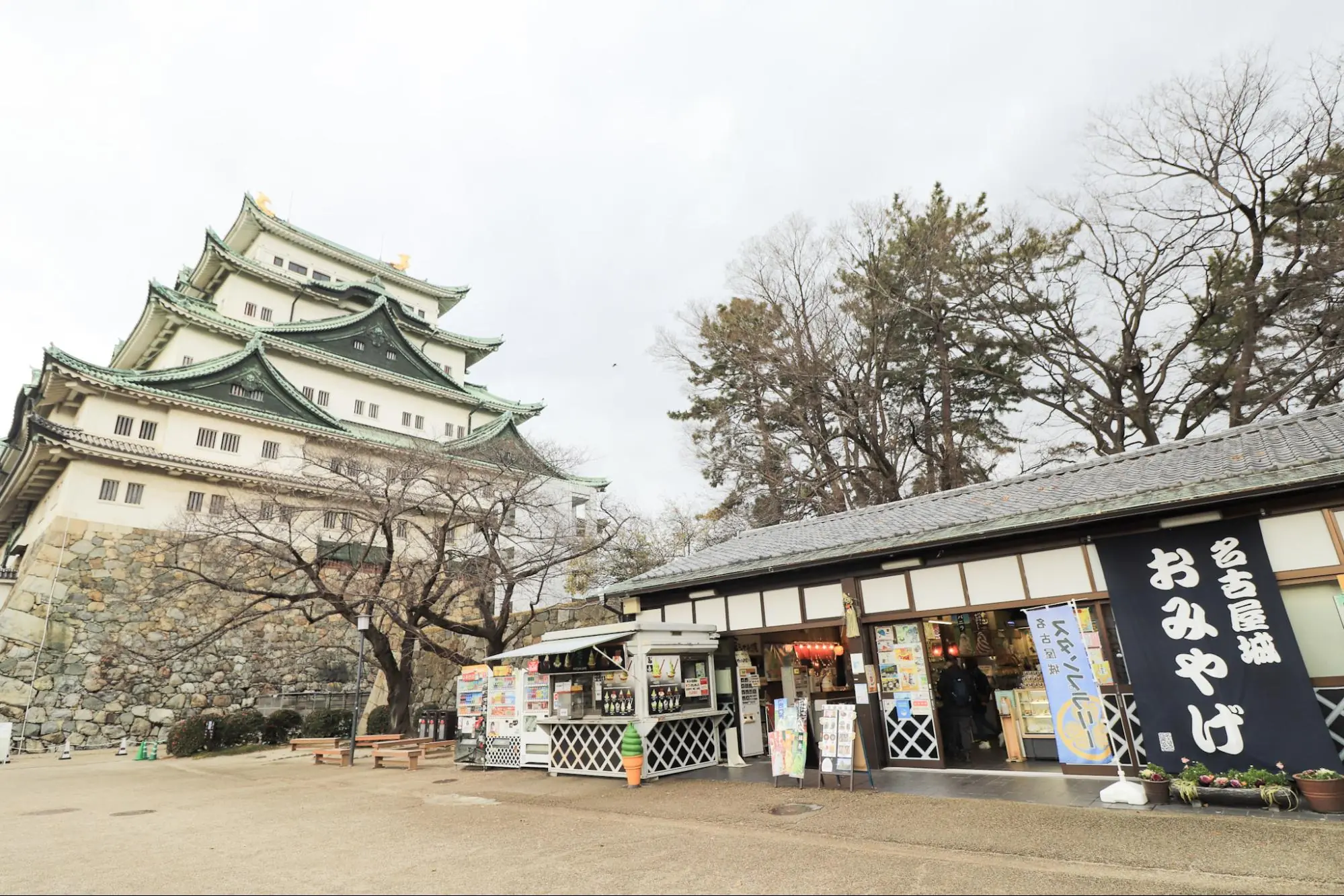
Shops in the Inner Garden

Stores Next to the Main Gate

Hommaru Palace Museum Shop
Finally, get souvenirs at the gift shop and museum store!
Inside Nagoya Castle, you can buy souvenirs at three places. Each store has a different product lineup, so be sure to take a look around.
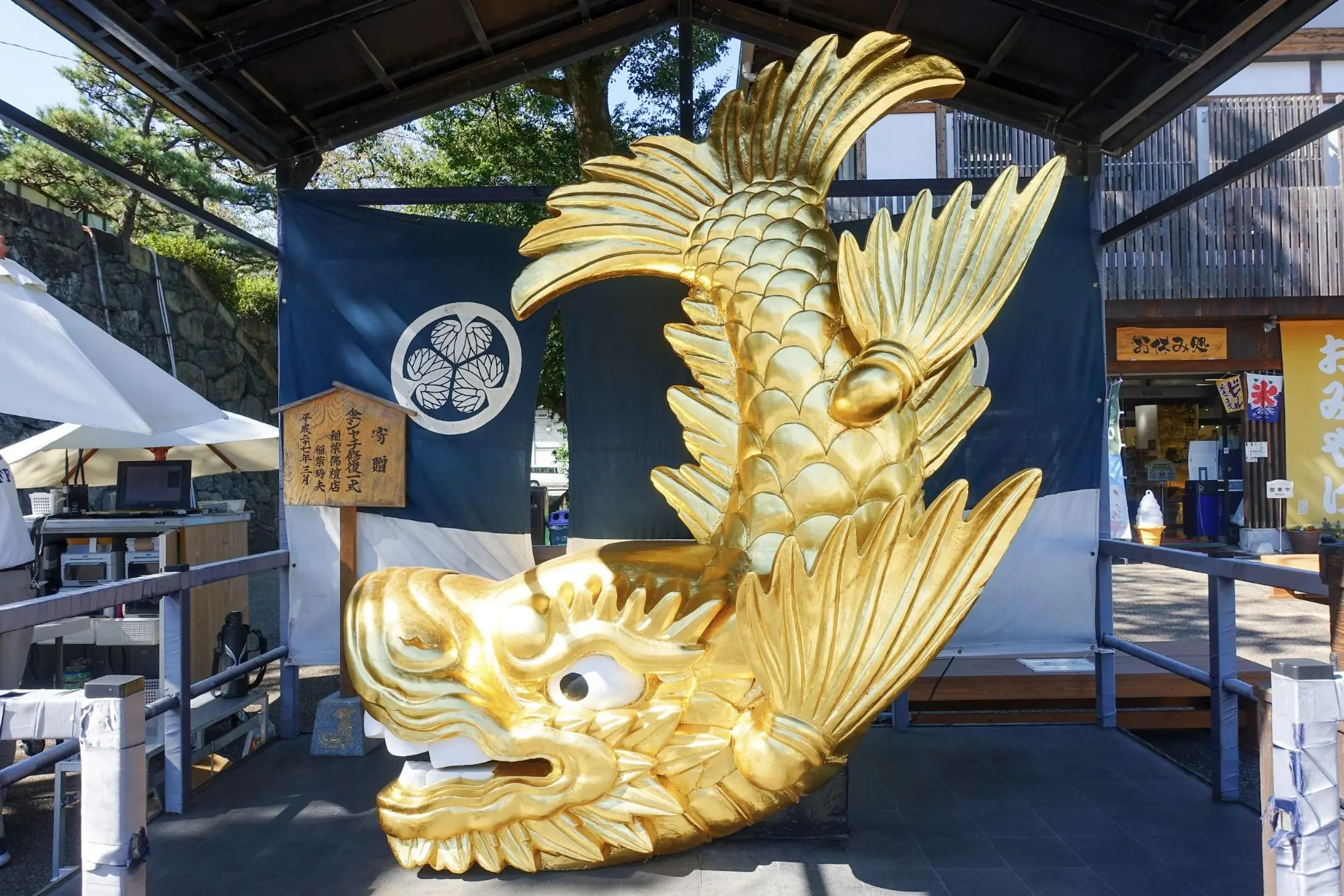
A life-size replica of Kinshachi and photo ops
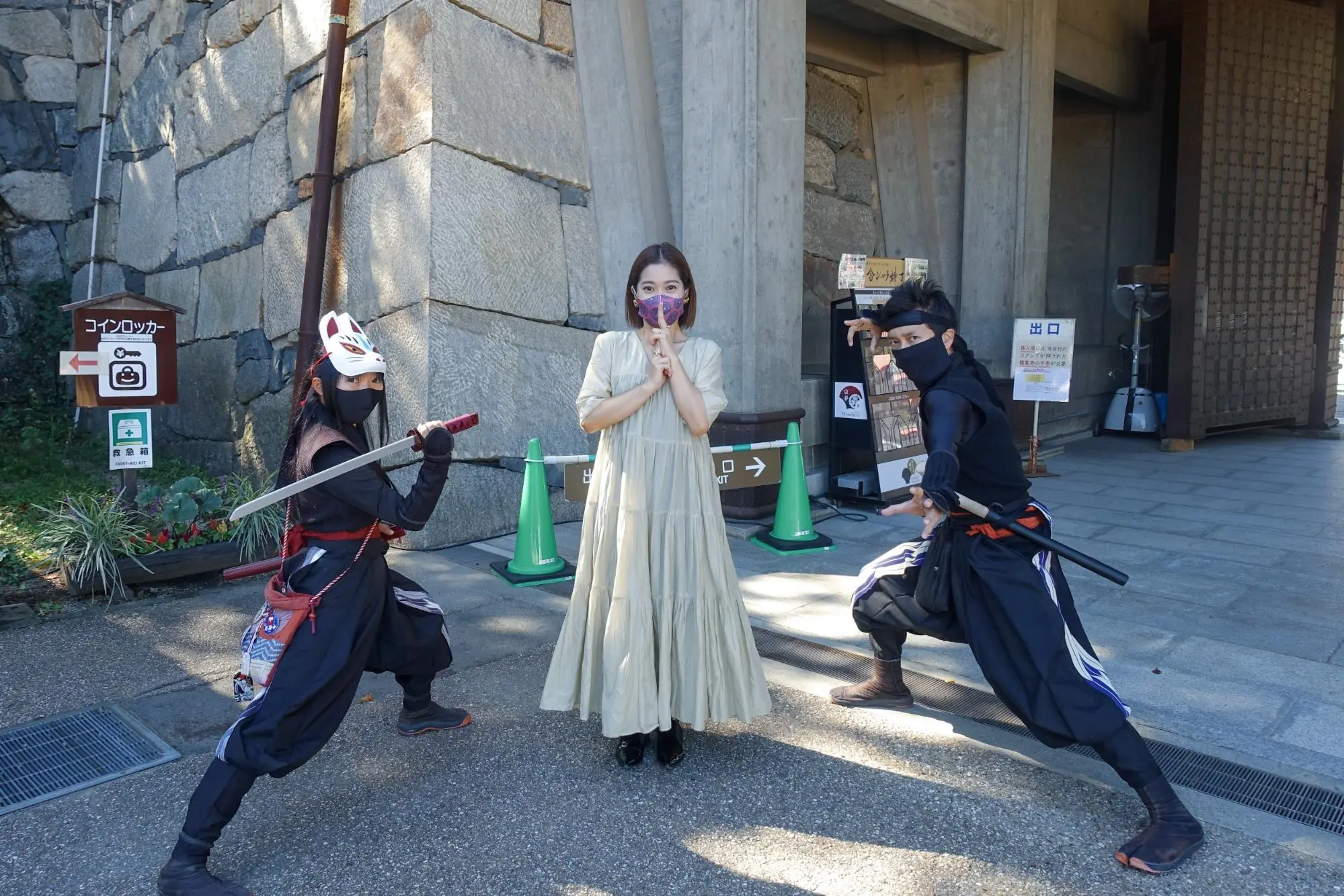
Every day at Nagoya Castle, the "Nagoya Omotenashi Bushotai" and the "Ieyasu Tokugawa and Hanzo Hattori Ninja Corps" set out for battle.
This time, we introduced 5 points to enjoy Nagoya Castle. Please keep these points in mind and enjoy your stroll around Nagoya Castle!
▼Check this out too!





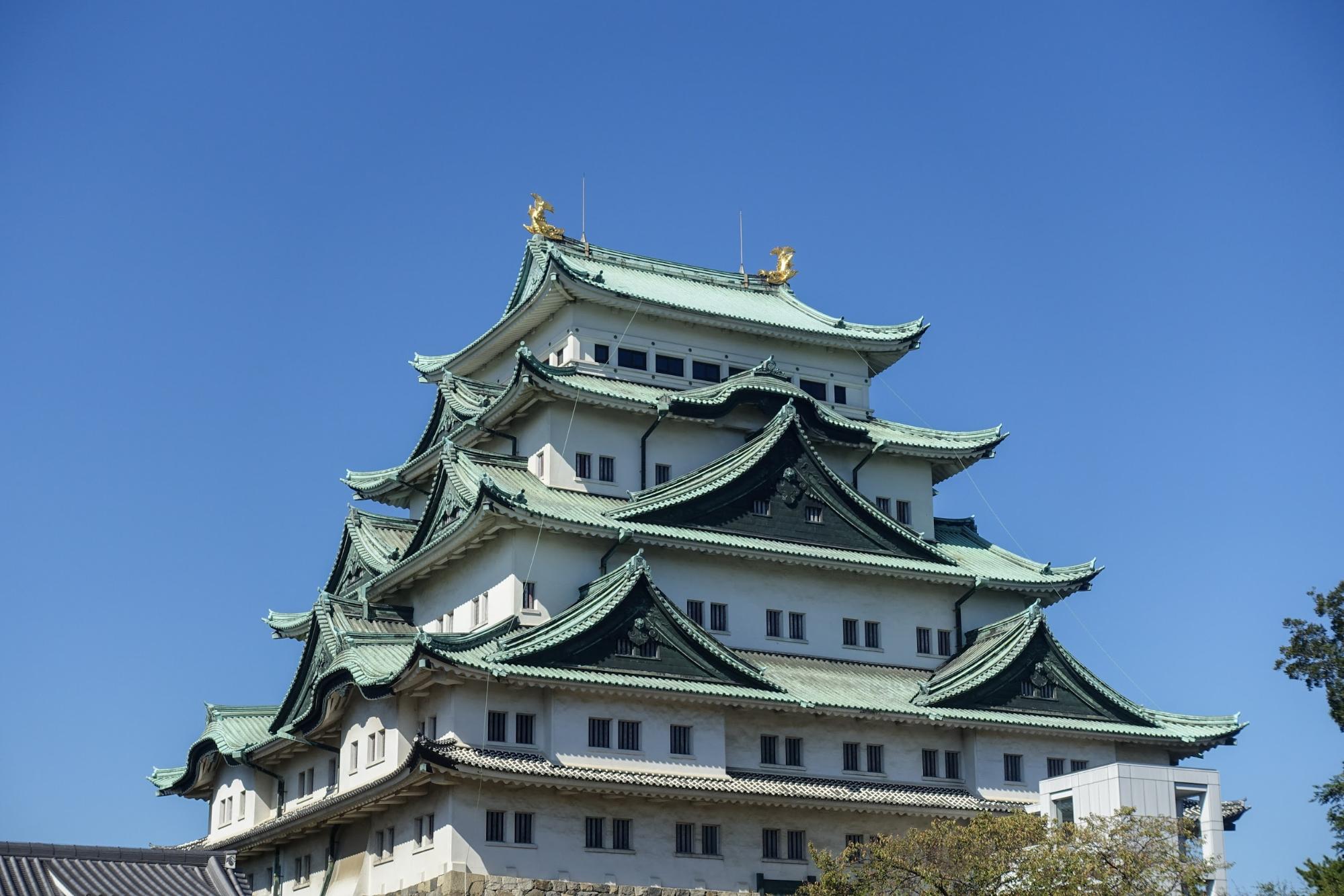
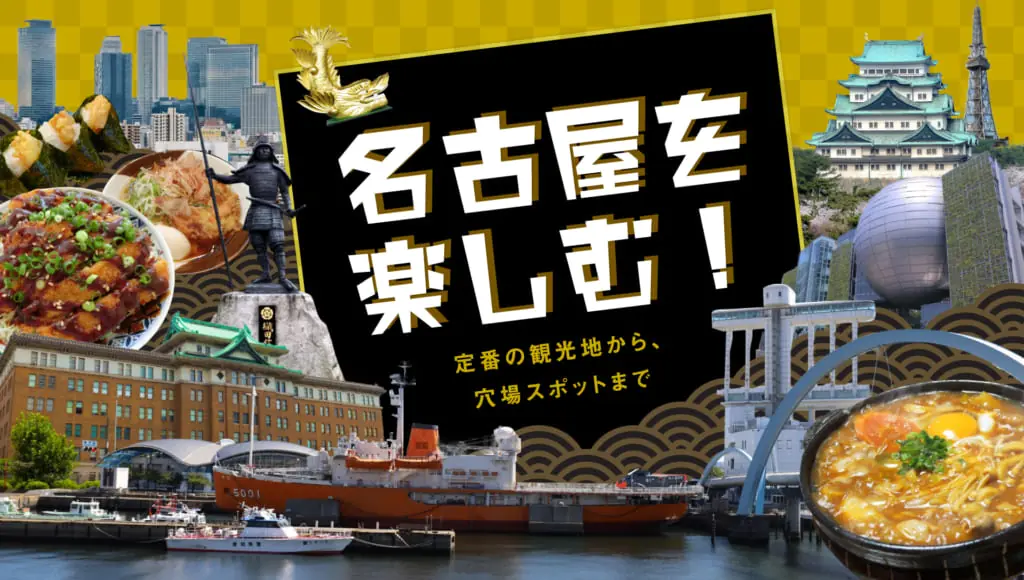
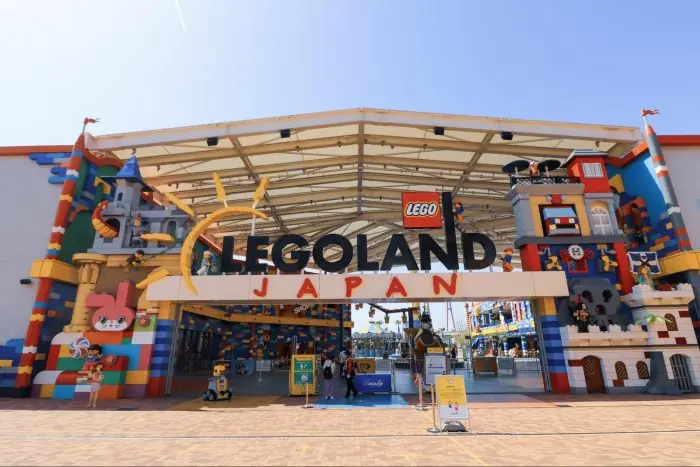
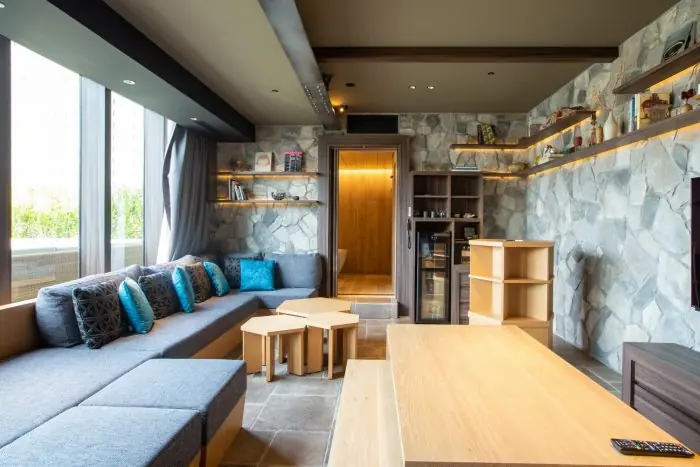
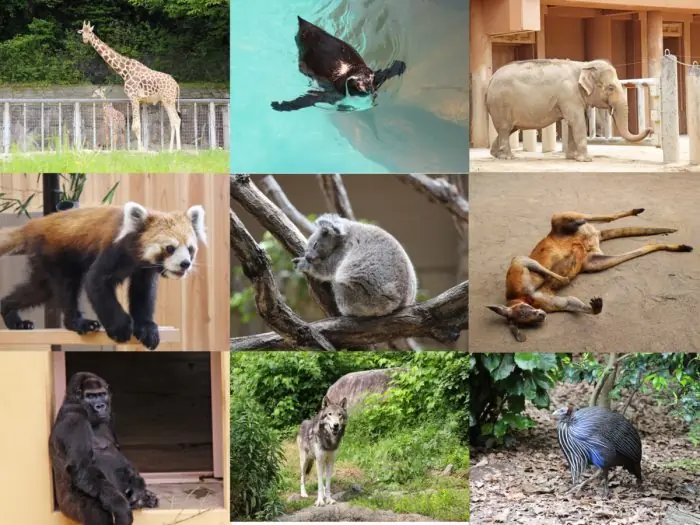

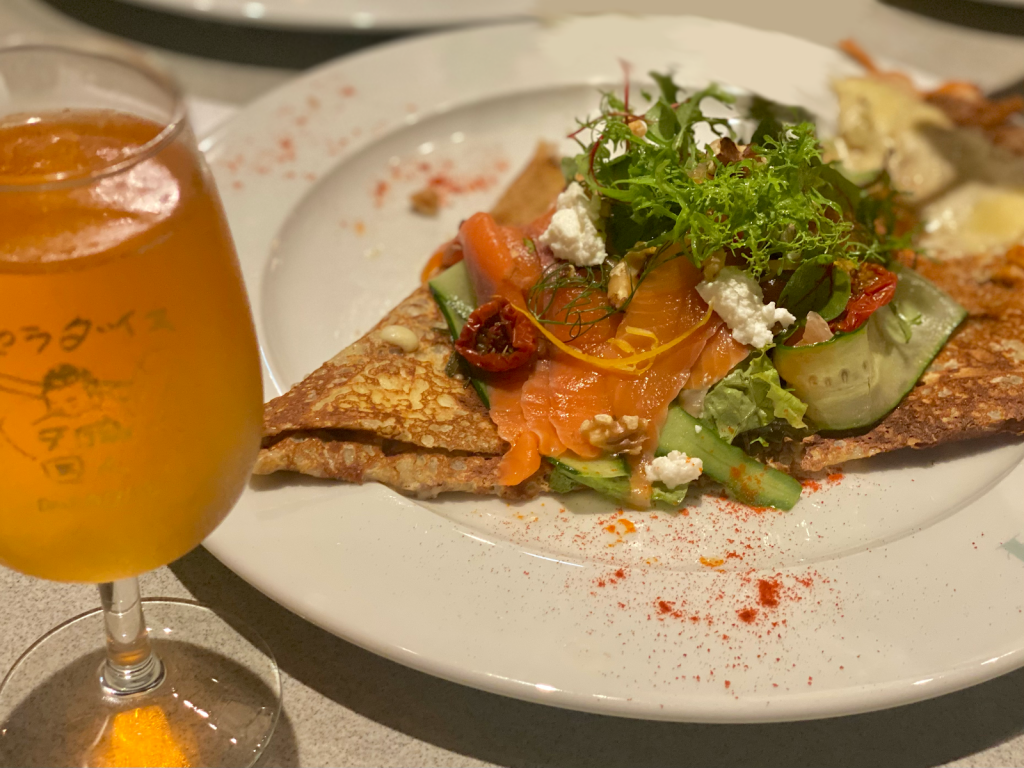


![[Trip 2023] What to do in Nagoya? 30 Recommended Sightseeing Spots](https://life-designs.jp/wp/wp-content/uploads/2023/10/FotoJet-50-1024x768.jpg)
![[Gujyo Hachiman: Weekdays only!] Tour around the Beautiful Castle Town with a Digital Ticket “CentX”](https://life-designs.jp/wp/wp-content/uploads/2023/10/9300089c7781c0edf6921fad2208fa7d-1024x683.jpg)
![[Ghibli Park] How to Enjoy Hill of Youth! (World Emporium & Cat Office)](https://life-designs.jp/wp/wp-content/uploads/2023/07/image8-12-1024x683.jpg)
![[Iga City] Learn about food culture through manufacturing! “Iga no Sato Mokumoku Tezukuri Farm”](https://life-designs.jp/wp/wp-content/uploads/2023/09/image35-1024x708.jpg)

![[Indoor Facilities] Where to Go on Rainy Days in Tokai Area! For Family Outings!](https://life-designs.jp/wp/wp-content/uploads/2023/07/FotoJet-23.jpg)





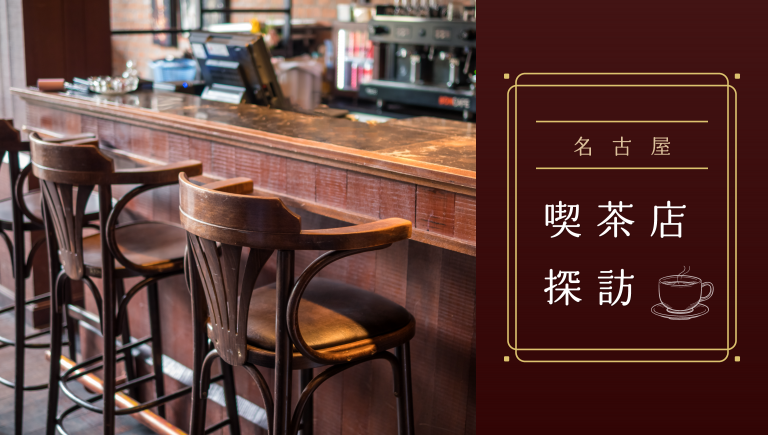
![[Special Feature] Enjoy Your Day at a Park!](https://life-designs.jp/wp/wp-content/uploads/2019/12/LD_banner_w1920x1088_park-1-768x435.jpg)
![[Ghibli Park] Beginner's Guide](https://life-designs.jp/wp/wp-content/uploads/2023/07/ghiblipark_w1920h1088_20240422-1024x580.png)
![[Osu Special Feature] A City of History and Uniqueness](https://life-designs.jp/wp/wp-content/uploads/2022/03/01_Osu-1-1024x580.png)
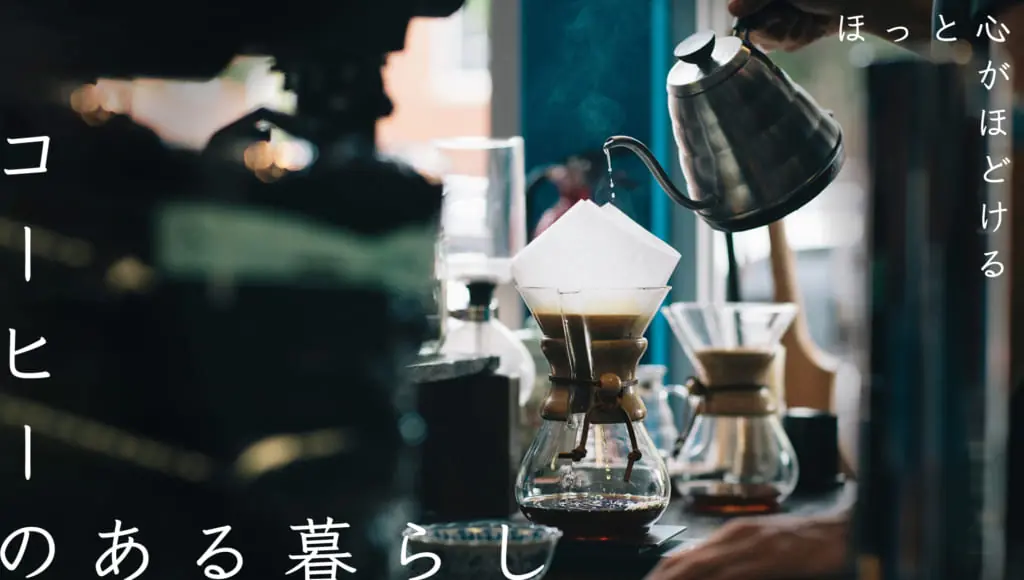
![[Special Feature] Enjoy Outdoor Activities!](https://life-designs.jp/wp/wp-content/uploads/2019/12/LD_banner_w1920x1088_outdoor-1-1024x580.jpg)
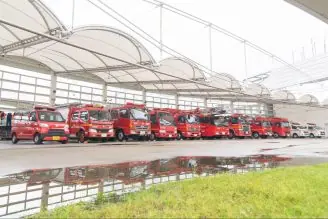
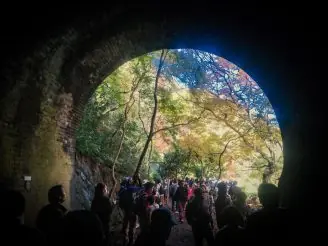
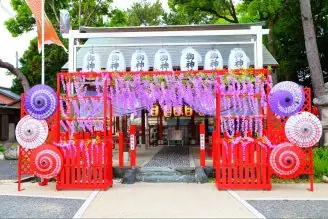
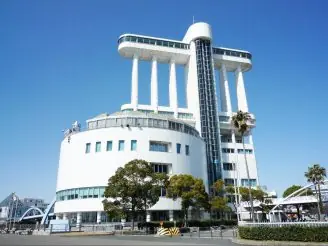
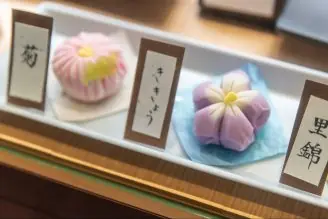
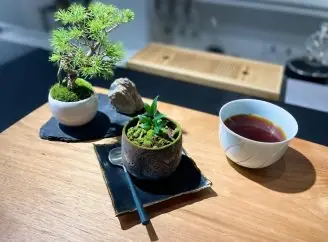
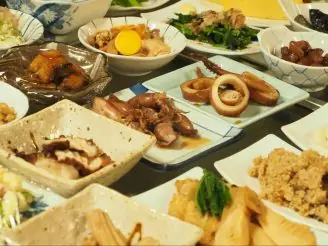

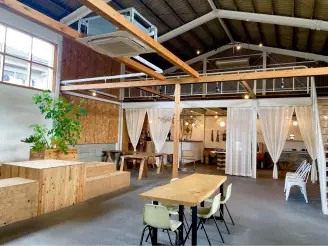
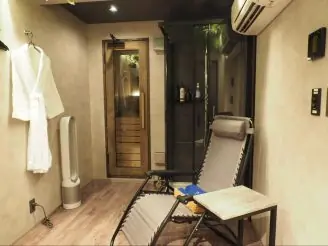
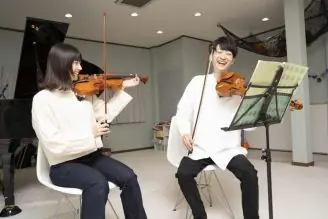

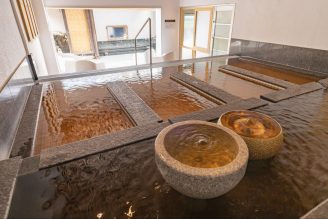
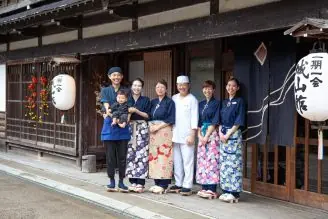
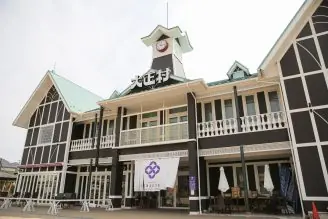
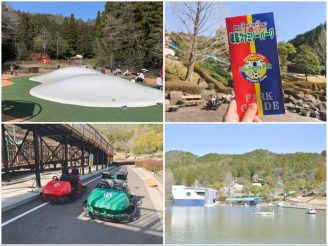
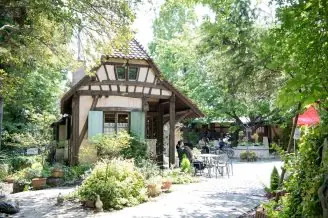
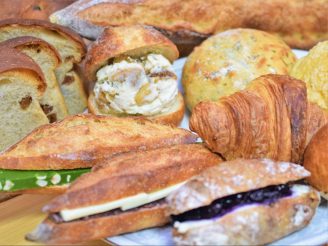
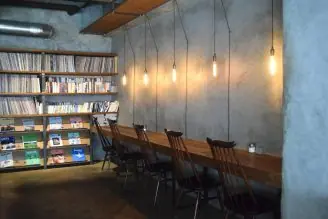
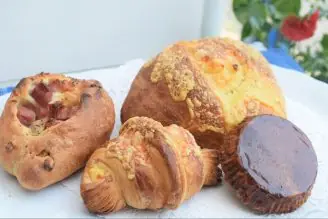
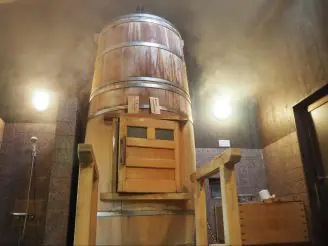
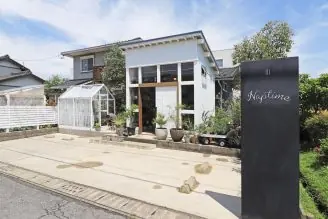

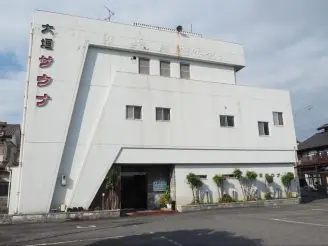
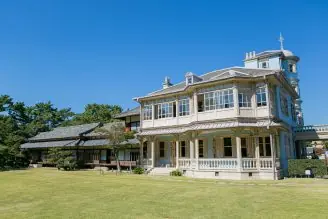
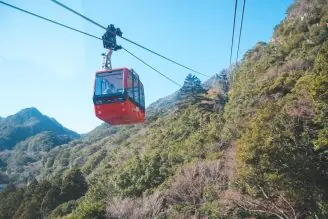

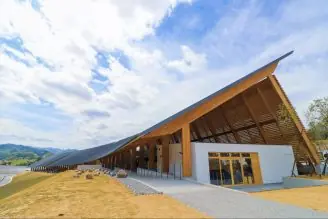
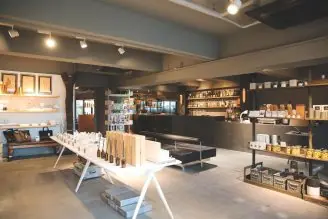
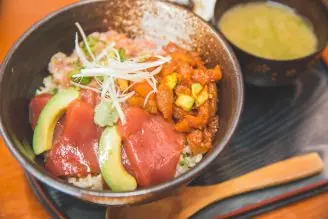
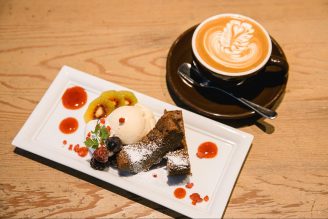

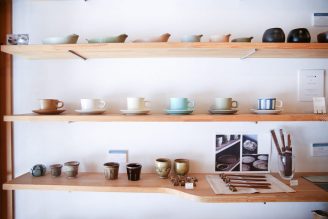
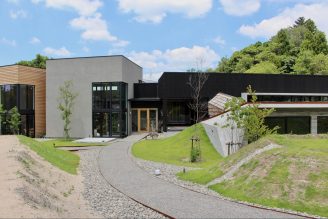
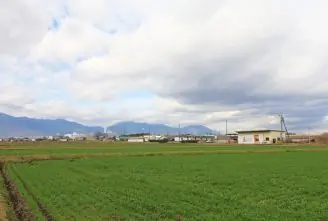



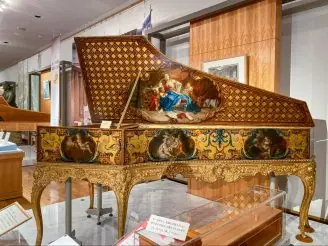
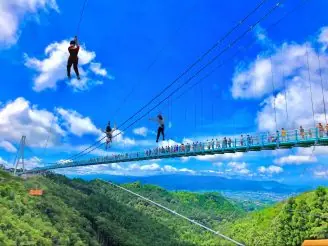
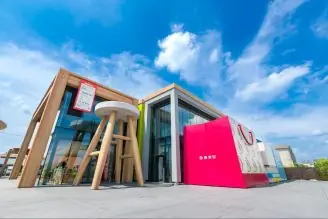



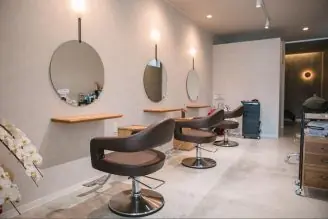

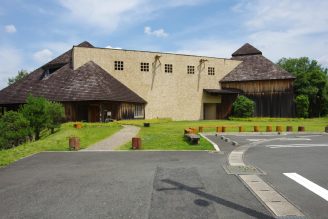

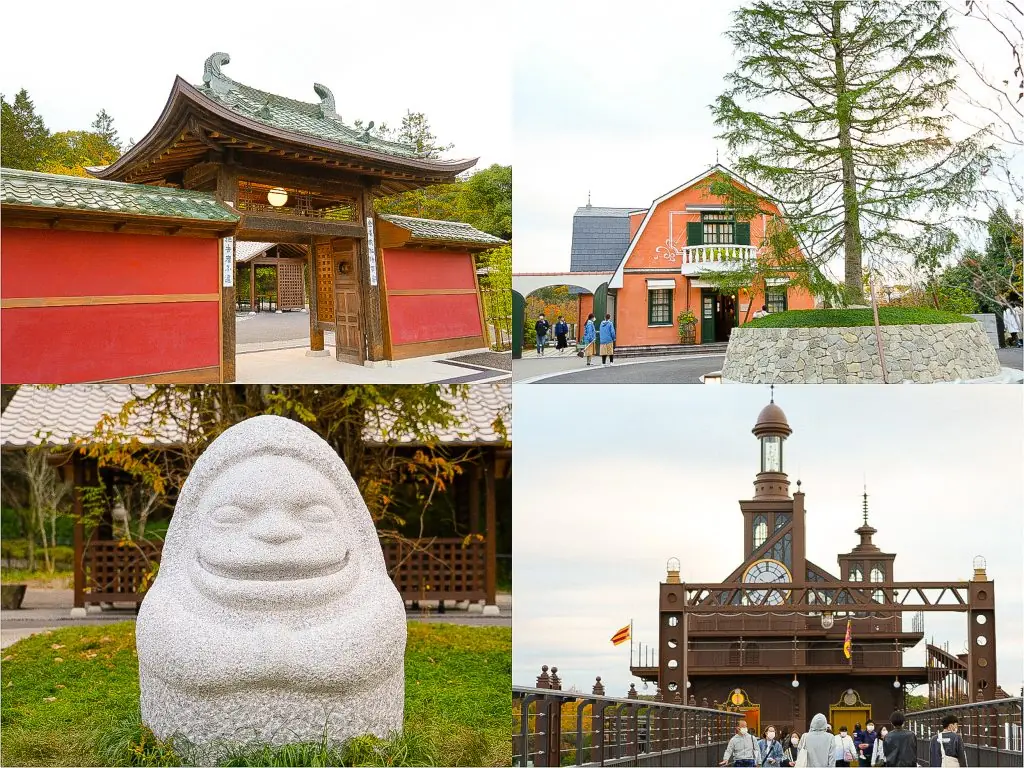
![[9 Selections] Summary of Retro Coffee Shops in Nagoya](https://life-designs.jp/wp/wp-content/uploads/2021/11/image1-30-1024x683.jpg)
![[10 selections] Recommended for Girls' Trip from Nagoya! Special feature on Hotels and Inns](https://life-designs.jp/wp/wp-content/uploads/2022/11/FotoJet-1-1024x768.jpg)
![[20 Selections] Nagoya Souvenirs: Non-Sweet & Recommended Snacks Available at Nagoya Station](https://life-designs.jp/wp/wp-content/uploads/2025/07/image3-2-1024x683.jpg)
![[Within 2hrs by Car] 12 Outing Areas where You can Go on a Day Trip from Nagoya!](https://life-designs.jp/wp/wp-content/uploads/2023/07/odekake12_w1200h900_20240422-768x576.png)
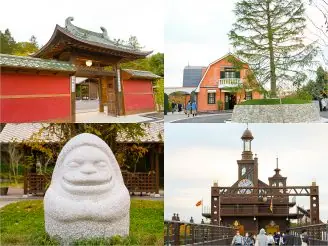
![[Nagoya, Aichi] Recommended Shops to Buy Tablewares around Nagoya](https://life-designs.jp/wp/wp-content/uploads/2019/11/image12-26-150x100.jpg)
![[Aichi, Gifu, Mie] 30 Family-Friendly Spots to Go in Winter!](https://life-designs.jp/wp/wp-content/uploads/2019/12/image21-1-150x106.png)
![[14 Selections] Recommended spots to spend the weekend in Kakuozan area of Nagoya](https://life-designs.jp/wp/wp-content/uploads/2022/07/Kakuozan-spot_w1920h1088_240605-328x186.png)
